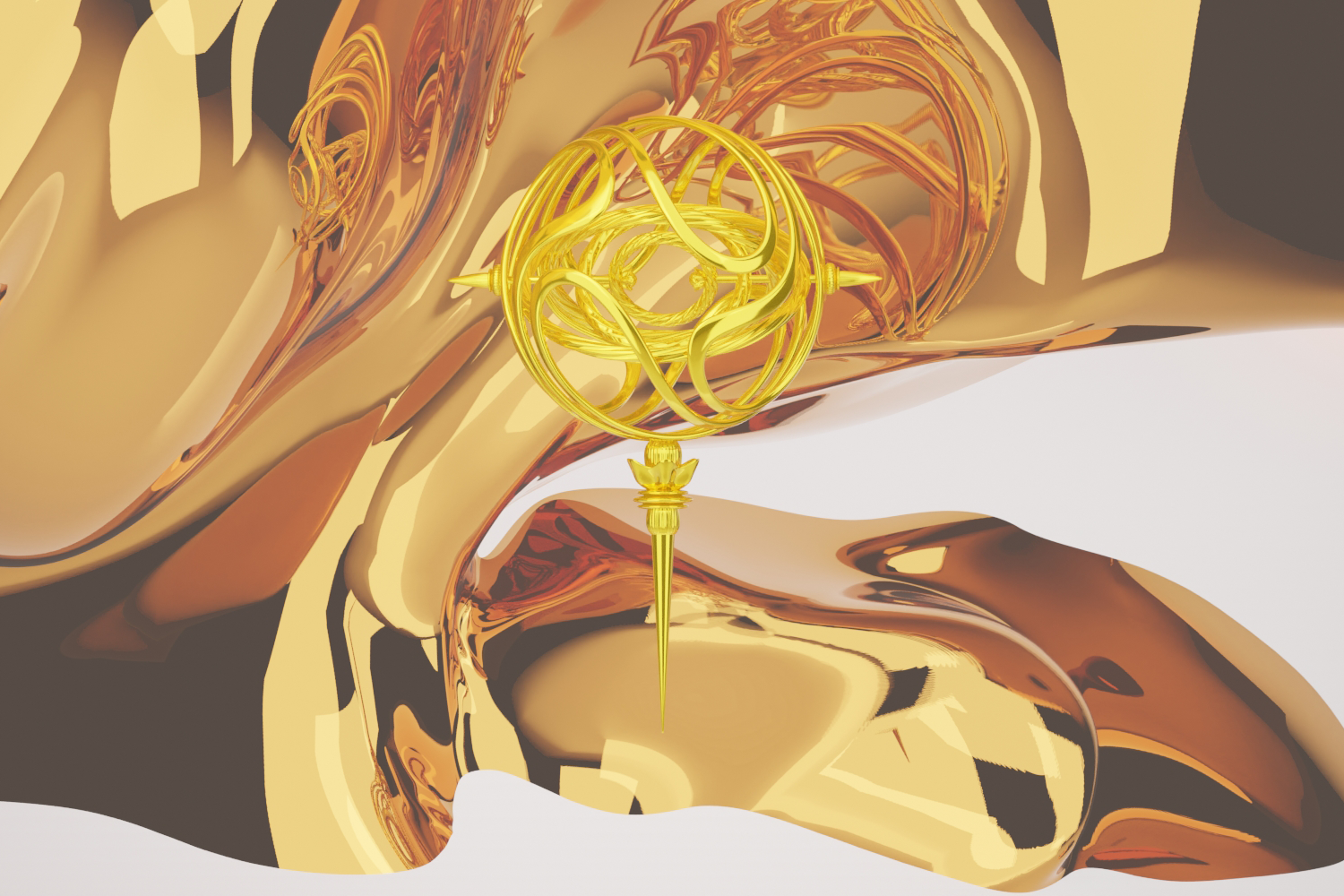EXO-MOANER’S Guide to Interplanetary Pleasures: Sex Education for Space
SHADOW PIN
Could you reject the quantified self in space?
EX_PEC_T - G11765
Could extra-terrestrial pregnancy tests be part of a mission kit?
AER-OO
Could you talk sexy to someone without anyone hearing?
MORPHOGENIC SENSORIUM
Could we touch and feel others on isolating deep-space missions?
What kind of sex tech or sex education might we need when living in space?
Since 2001 humans have continuously lived in space – building off-planet communities on the International Space Station (ISS). However, questions about sexual health, sex education, sexual harassment and reproductive rights are often sidestepped in thinking about current and future lives and communities in space.
We used speculative design methods to imagine a series of objects that ask questions and offer answers about how we will think about sex, pleasure, and intimacy in outer space.
Each of the collaborators helped imagine a world that guided an object in the collection, responding to their emerging scholarship and practice.
The Interplanetary Pleasures are described in the following pages, and we present some of the questions they raise for us about future interplanetary societies. They each respond to near-present and distant-future worlds created through the design research process.
Access a PDF of the zine here
Collaborator: Jenny Carla Moran
Collaborators: Eleanor Armstrong and Akvile Terminaite
Collaborator: Alice Oates
Collaborator: Jordan Edge
SHADOW PIN: Could you reject the quantified self in space?
Already in space human biorhythms are closely monitored with sensors, sampling, and reporting. Now and future human-machine environments in space are totalising, where humans are understood through their biodata: the quantified self. Where is this data stored and to what end? Is it possible to be in space and have bio-privacy?
In Shadow Pin we created a technology that provides false biodata. We drew inspiration from dazzle make-up, jewlery, and clothing that subverts facial recognition technology. We were inspired by counter cultures and fugitivity that see off-grid communes become suspect in the eyes of the state.
Would this provide you privacy from the surveillance of your body in space?
EX_PEC_T - G11765: Could extra-terrestrial pregnancy tests be part of a mission kit?
We looked at the lightweight and compressed packaging of liquids, foods, medications; and equipment for toilets that exist on the International Space Station.
We imagined interplanetary urine-tests. Would change how we thought about reproduction in space?
AER-OO: Could you talk sexy to someone without anyone hearing?
On isolated research stations sensory needs are paramount – it’s often hard to find private space spaces. Sounds, smells, and lights can be overwhelming. How would you find intimate spaces? How can you be alone with partners when you are always together?
In AER-OO we imagine technology that shields you from other sounds waves. We explored early hearing aids that channelling sound from your lips to another’s ear. We engaged with cruising spaces like bars or parks, that provide auditory privacy through other soundscapes. Would this give you space to flirt and be intimate in a busy space station?
MORPHOGENIC SENSORIUM: Could we touch and feel others on isolating deep-space missions?
Isolation is a trope in science fictions of outer space. Even astronauts who traveled around the Moon talk about feeling far away from their loved ones and the natural world. What parts of the body are involved in touch and intimacy? Who would we want to sensorily connect with?
In morphogenic sensorium we fabricate a cocoon that provides transformative touch and sensory connection with distant or fictional lovers. We turned to contemporary intimacy-at-a-distance sex tech’s replication over distance. We brought other-than-human connections with space dust and bacteria into play. Would you connect to experience the touch of the universe?





